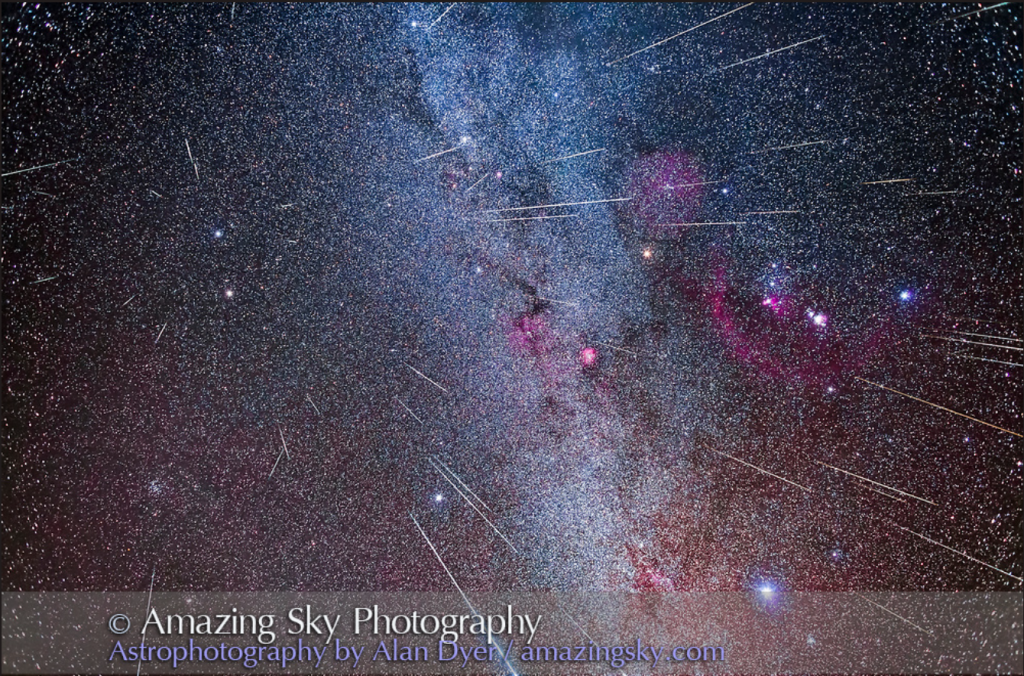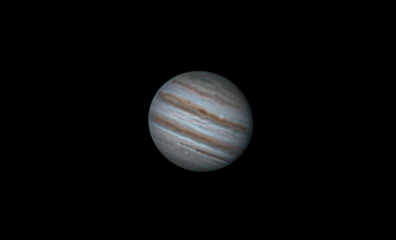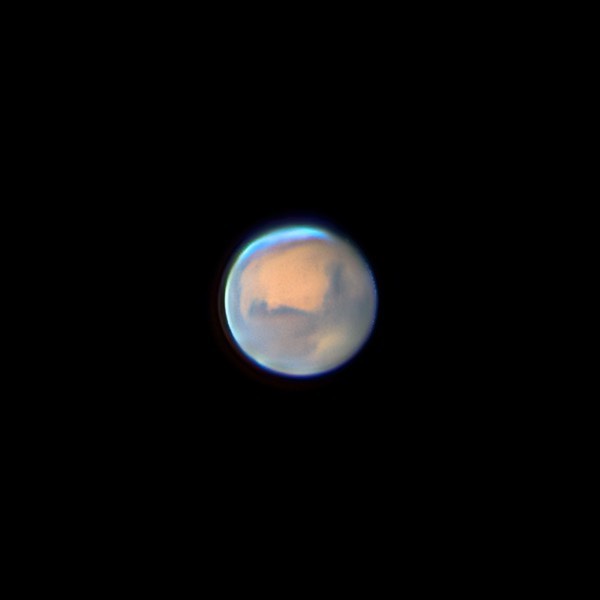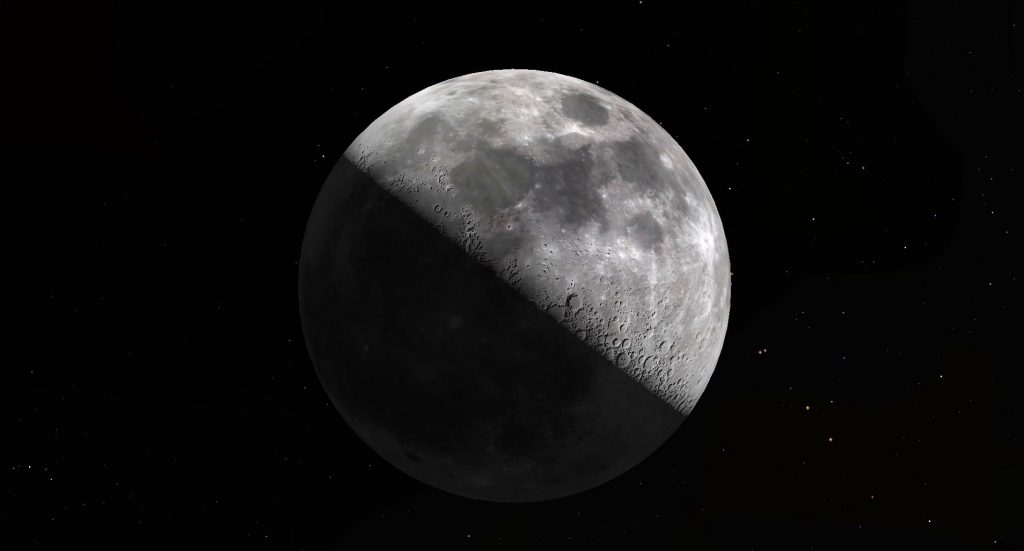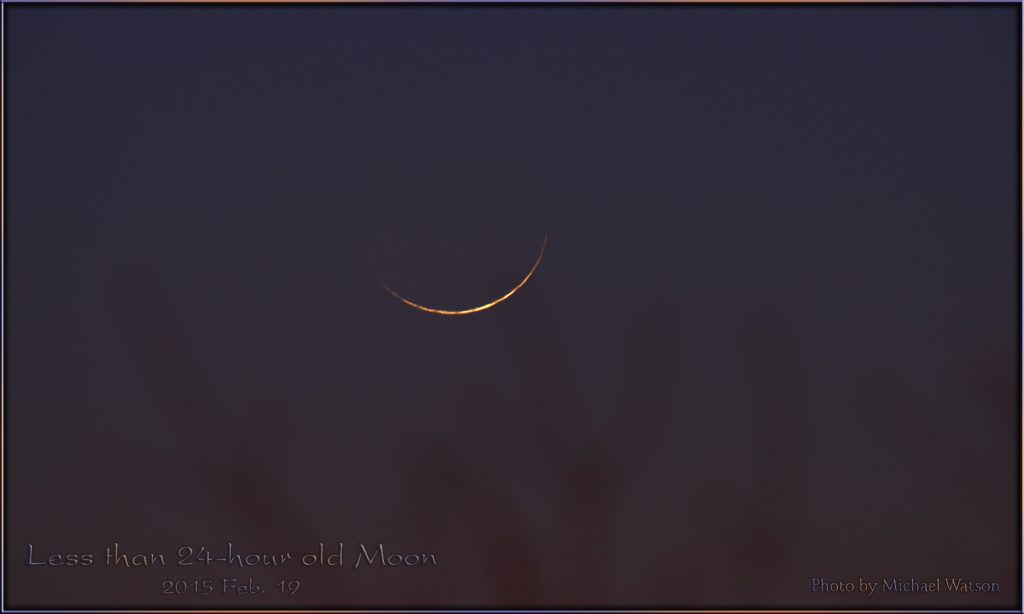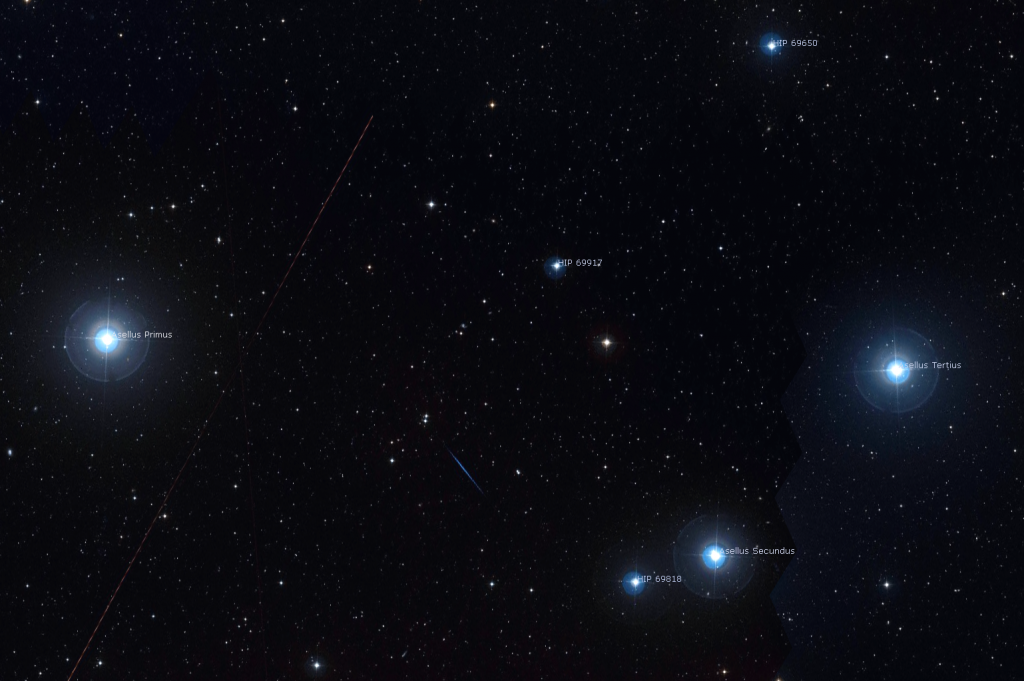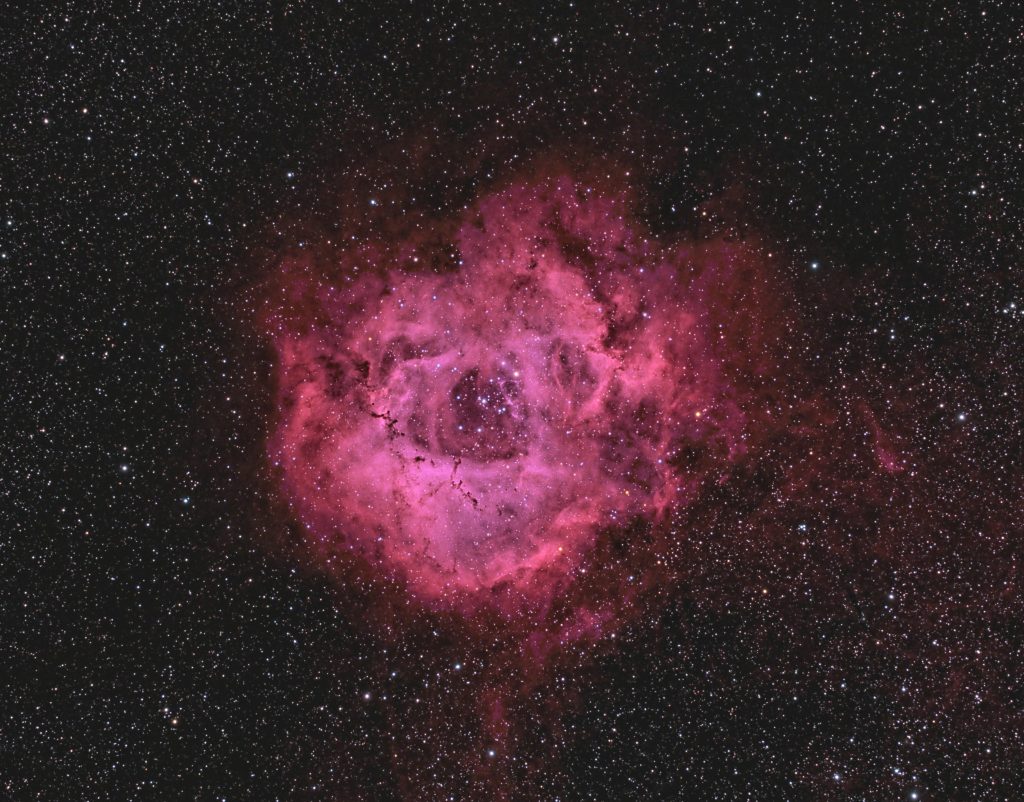Shooting Stars, the Waxing X-Moon among Evening Trees, Spotty Saturn Shines Nightly and Mars Attacks Jupiter!
Hello, mid-August Stargazers! Here are your Astronomy Skylights for the week of August 11th, 2024 by Chris Vaughan. Feel free to pass this along to your friends and send me your comments, questions, and suggested topics. You can also follow me on Twitter as @astrogeoguy! Unless otherwise noted, all times are expressed in Eastern Time.…
Read more


